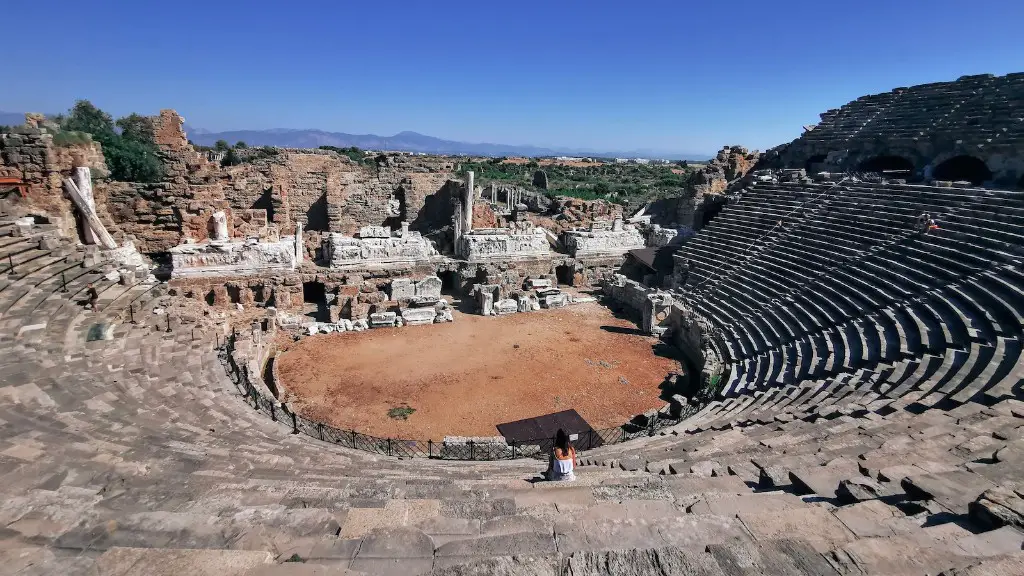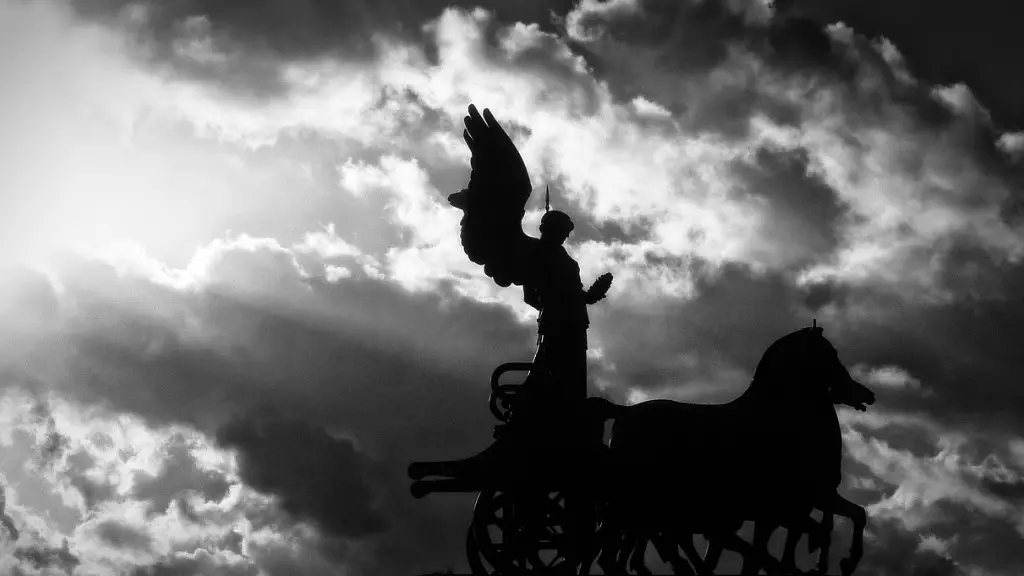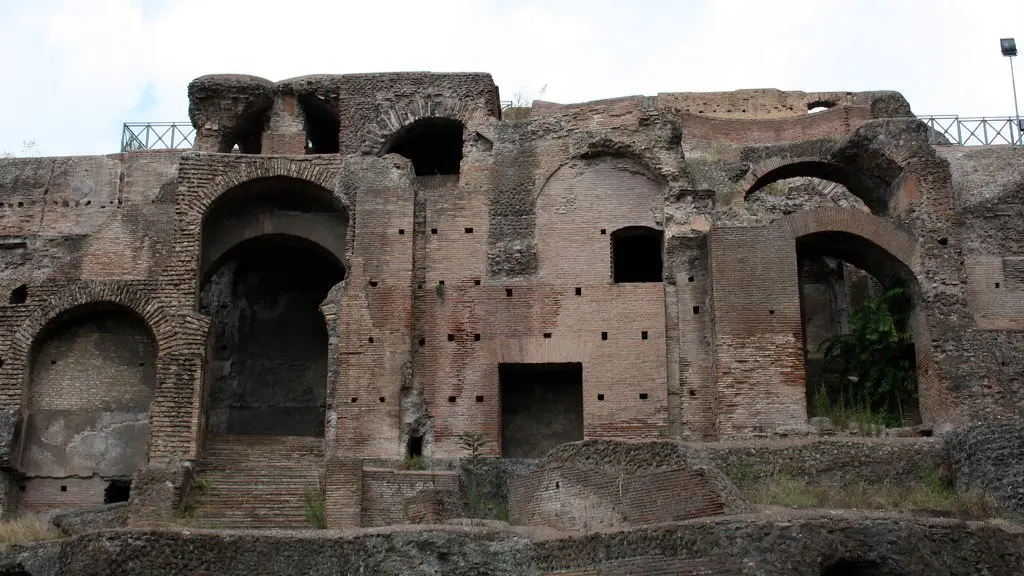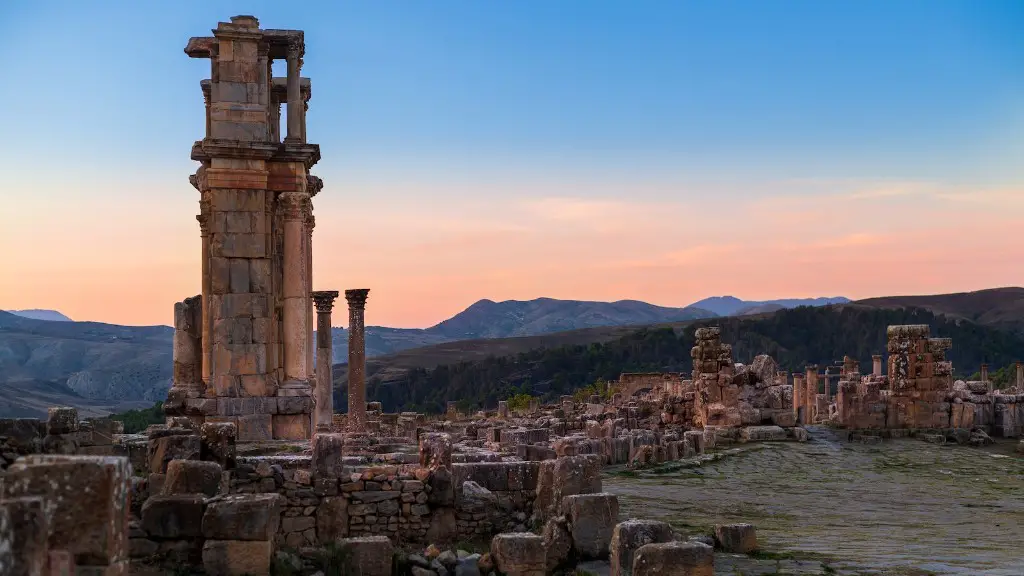The school year in ancient Rome began in late October or early November and ran until late June or early July. This long school year was split into two halves, each lasting four to five months. The first half started in late October and the second half started in late April. During this period of time, Roman children would be taught basic skills such as reading, writing, arithmetic, and religion.
As far as academics were concerned, the Roman school system was established primarily for educating the children of upper-class societies who would eventually inherit politically important positions from their parents. This meant that there were higher expectations for achievements in school, as well as for learning more advanced topics related to politics, law and philosophy.
Children of poorer families, however, were not afforded the same education and training. Instead, children of lower socioeconomic classes were expected to acquire practical or even manual labor skills. To this end, they were taught trades that could support their future livelihoods, such as carpentry, metalwork, weaving, chariot-building, etc.
Classroom instruction during this period was believed to be strict and intensive. Aside from the rote learning of ancient authors, methods of punishment were often harsh. These included flogging, whipping, and even shackling students in the event of slow learning or poor academic performance.
All in all, the educational system in ancient Rome had great impact and influence on the intellectual and cultural climate in the Roman Empire. Many of the innovations we take for granted today, such as public libraries, numbering systems, and higher educational institutions depended on the influence of the Roman school system.
In the modern era, the school year still starts around late October or early November in many places. The main difference is that education and learning opportunities have become far more accessible and far less intensive than they were in ancient Rome. In many places throughout the world, children are provided with the opportunity to learn a wide range of topics, indulge many interests, and pursue a variety of paths to success with resources and supports that didn’t exist in the ancient world.
History
The school year in ancient Rome dates back to the 4th century BC, when the first schools were established by the Romans. Schools were largely non-institutional and were located in private homes, often at the homes of the teachers themselves. Schools mainly catered to the upper social classes of Roman society, however the lower classes were eventually granted access to education.
The school year was split into two halves: the first lasted from October through March and the second from March through July, but these dates were not uniform and varied from region to region. School was usually held for two or three days a week, depending on the teacher’s availability and other factors.
In addition to the school subjects, time in school was also devoted towards teaching good morals, physical education, music and theater, debating, and basic lessons in etiquette. It was believed that these lessons would make the students fit to take on the upper strata of Roman society and become good citizens.
Curriculum
The curriculum in ancient Rome was mainly derived from the works of long-dead authors such as Homer, Aristotle, and Plato. History, geography, rhetoric, and mathematics were also included in the educational program. Grammatical and rhetorical knowledge was widely encouraged, as were some parts of physical education.
Writing and arithmetic were taught mainly to upper-class students, but it was also important for lower-class students to learn these skills to make them more marketable. Lower-class students were also taught practical skills such as weaving, metalwork, clay modeling, and carpentry.
Religious studies were also included in the curriculum, and students were also given lessons on morality, etiquette, and public behavior. Although the focus of education in ancient Rome was on developing skills to make students upstanding citizens, its long hours and intensity have been compared to modern day boot-camp style military training.
Teaching Methods & Punishments
Teachers in ancient Rome mainly adopted a teaching style that relied heavily on memorization. They were known to be strict, demanding, and intolerant of mistakes and lateness. Students were expected to focus on learning the material that was given to them, and they were expected to commit it to memory.
In terms of punishment, teachers had a variety of methods at their disposal. These included whipping, flogging, and sometimes even shackling students in the event of slow learning or poor behavior. Such methods of punishment were seen as necessary for the attainment of knowledge and for instilling good morals in their charges.
Significance of Ancient Roman Education
The educational system in ancient Rome has had a lasting influence on modern education, as many of its innovations still stand today. The Roman emphasis on skills such as rhetoric, grammar, public speaking, and mathematics has continued to be a core element of formal education and has been the building blocks of higher education and the sciences.
Apart from the practicalities of skills and knowledge, the educational system in Rome provided a platform for the passing down of values, morals, and society norms. The teaching of good morals and proper etiquette was considered integral to making a young person fit for public office and upper-class society.
Ultimately, the educational system of ancient Rome had great influence on the intellectual and cultural climate of the Roman Empire. Many of the approaches we take for granted in the modern day, such as public libraries, numbering systems, and higher educational institutions, owe a debt to the educational practices of ancient Rome.
Legacy and Modern Practice
The school year in ancient Rome began in late October or early November and continued through to late June or early July. This period was split into two halves, each lasting four to five months, and the courses of learning were focussed primarily on producing upstanding citizens and good citizens who could work their way into the upper echelons of Roman society.
In the modern world, the school year still begins in the same timeframe, however education and learning opportunities are far more accessible and less intensive. Public schools, academies, universities, and other educational institutions are designed to provide students with a variety of resources, supports, and topics to help them pursue a wide range of paths to success.
What we understand of ancient Roman schooling has been transformed over the centuries, but the influence of its approach to formal education and the pursuit of knowledge still remains with us today.




